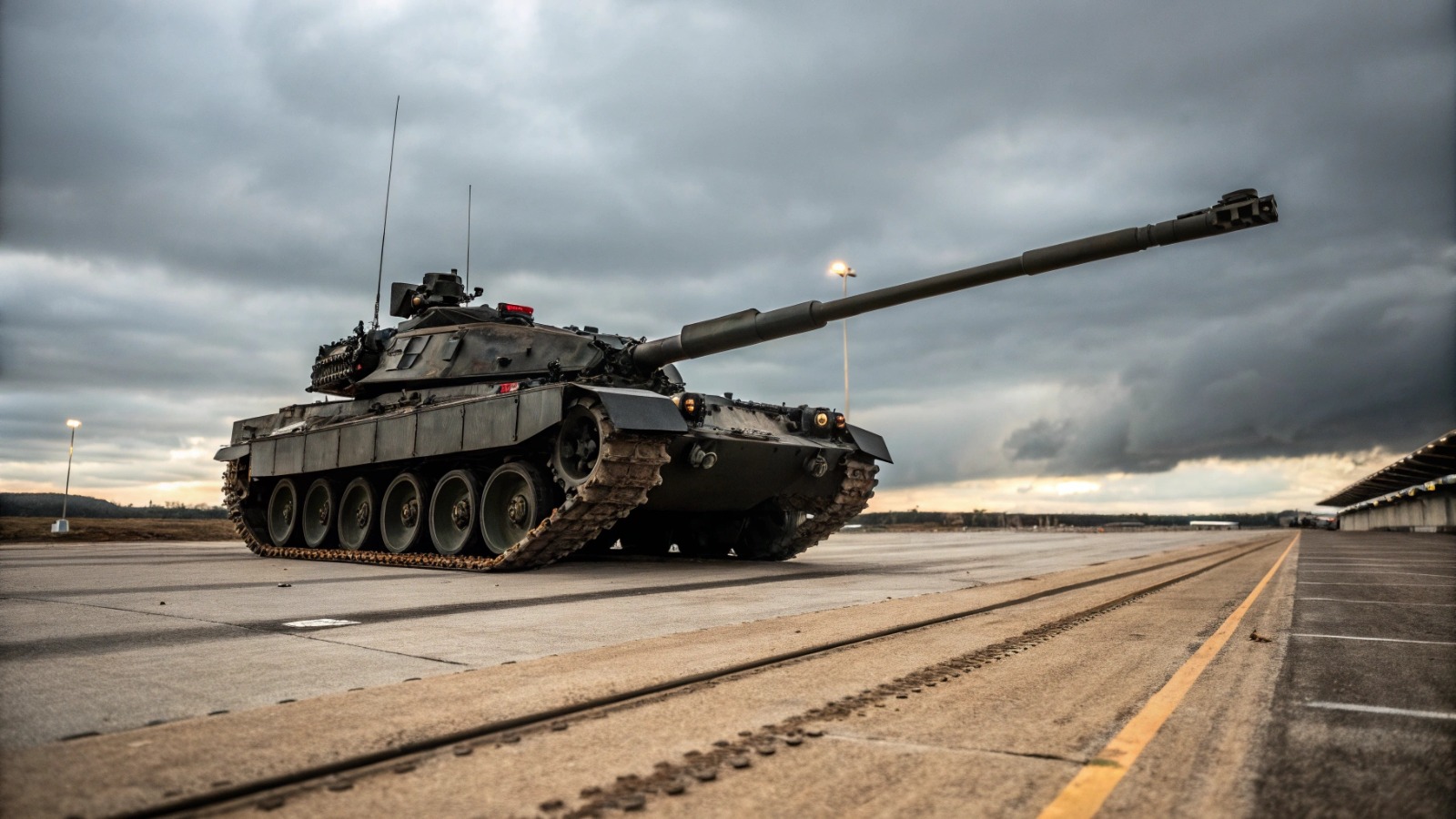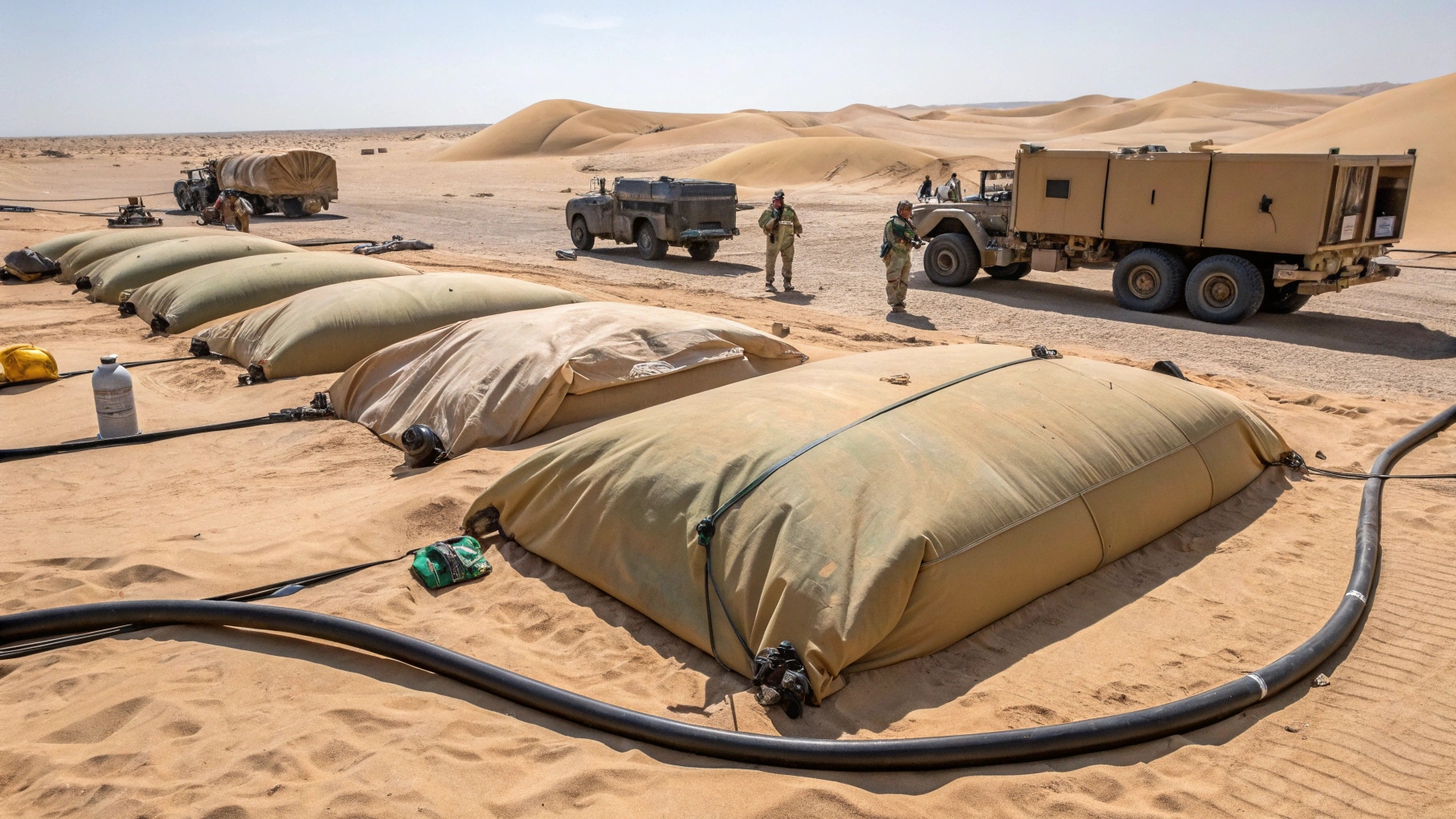
The US Army has accelerated its M1E3 Abrams program, committing to field a working prototype by late 2025 as part of its plan to modernize heavy armor for future conflicts. The initiative marks the most significant redesign in the Abrams family since its 1980 debut, emphasizing mobility, energy efficiency, and advanced protection technologies. General Dynamics Land Systems is executing the $150-million contract to develop the new variant, working closely with industrial partners including Caterpillar and SAPA to integrate a diesel-electric hybrid power system. This engine architecture is expected to cut fuel consumption by 40 percent and reduce the maintenance footprint, enhancing operational endurance in austere environments. Weighing approximately 60 tons — lighter than the current Abrams — the M1E3 will feature a reconfigured hull, improved situational awareness systems, and digital controls designed to enhance crew survivability. The inclusion of modular active protection systems will enable defense against evolving threats such as drones and top-attack munitions. Officials said the M1E3 is intended to be simpler to sustain, more transportable, and capable of rapid software adaptation through its open electronic architecture. Testing and evaluation of early design models will begin in 2026, gathering feedback from armored units to refine the final production configuration. The decision to develop the M1E3 followed the Army’s cancellation of the M1A2 SEP v4 upgrade, which faced cost and weight challenges. The new approach seeks a clean-sheet modernization that integrates hybrid power, networked sensors, and AI-enabled diagnostics to extend the platform’s relevance for decades. As armored warfare evolves amid new drone and missile threats, the M1E3 Abrams is set to deliver a lighter, smarter, and more energy-efficient combat solution.






